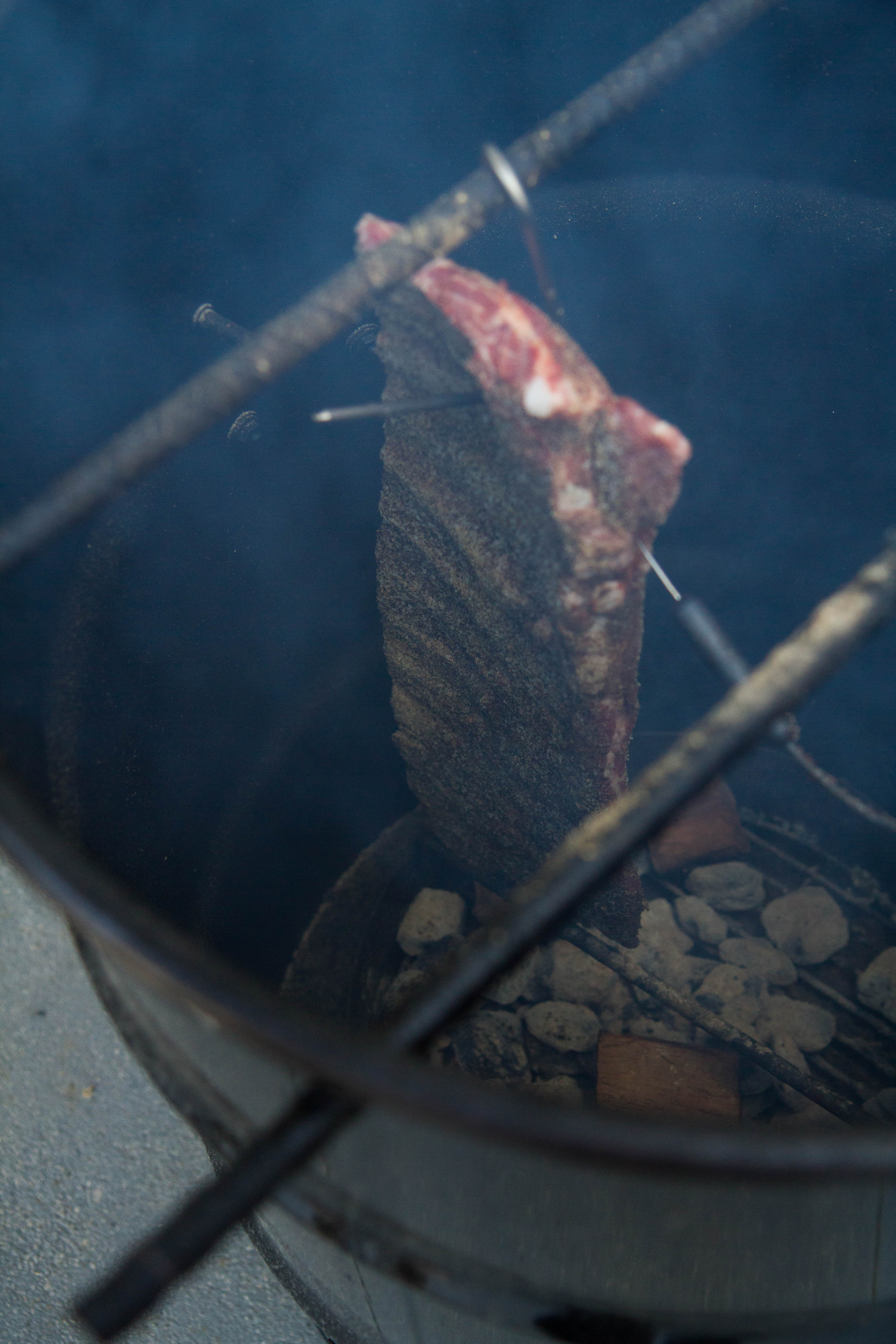Traditional BBQ Meats: Are the USDA recommended temperatures enough?
We’re not naming names here, but there are certain cuts of meat out there that require a little more love and attention than others. Pork shoulders, beef briskets, ribs and pot roasts – you know who you are.
That’s not to say that higher quality cuts of meat can’t be cooked in the same fashion (i.e. low and slow). It’s just that where there are options when cooking higher quality meats (e.g. grilling, pan searing, baking), the alternatives are fewer and farther between when you’re cooking sinewy, cartilage-filled, collagen-connected – dare we say cheaper – traditional barbecue fare.
Because all cuts are not created equal, they can’t be held to the same temperature standards. USDA recommended and chef-recommended temperatures are one thing when you’re talking about sirloins, strip steaks, rib roasts and pork loins, but what happens when you’re cooking cuts of meat that are crisscrossed with sinew, cartilage and collagen?
While a quick consult of the USDA temperature chart will tell you that these cuts are safe to eat (at regular beef and pork temps), the fact is, higher temperatures are needed before traditional BBQ cuts can be considered “ready” to eat. Here’s why –
Higher internal temperatures are required to break down the connective tissue that attaches the dense muscle tissue to the bone. USDA temperatures are merely an indication that it’s safe to eat, while calling it ready indicates that the connective tissue (i.e. collagen) has been sufficiently rendered and the meat is not only palatable, but tender and flavorful.
In an experiment conducted by the folks at America’s Test Kitchen, they found that after 4 hours at 250°F, and with an internal temperature of 175°F, a pot roast (well above the safe-to-eat temperature standard) was still tough and dry; a clear indication that higher internal temperatures were needed to melt the fat and connective tissue and tenderize the meat. It wasn’t until internal temperatures peaked in the 190s that the pot roast was considered ready.
Getting to “ready” requires a lot of time and even more temperature. Connective tissue won’t start breaking down until it’s reached 140°F and even then won’t fully break down until it’s peaked at 200°F. If you’re looking for a moist and tender piece of BBQ, you’re going to have to go way past USDA recommended temps to get to ready.
Now that you know you’re going to have to keep cooking to get to ready, look for our next post where we’ll take a closer at your meat to see what’s really going on. From rare, to well-done, to breaking the USDA Temperature barrier – we’ll talk a little more about the science behind what’s happening inside your meat.



2 Comments